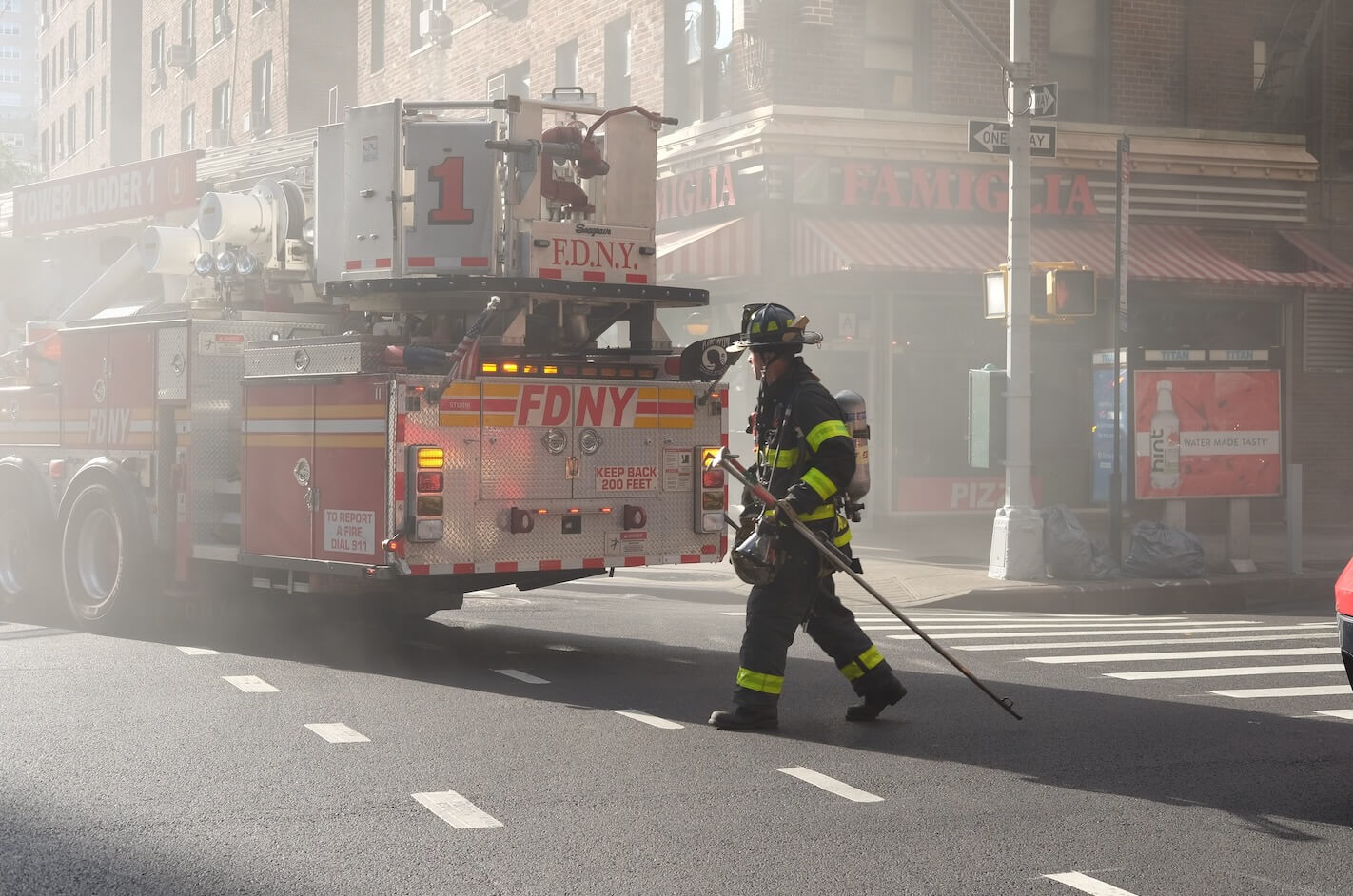A commercial fire alarm system is a crucial safety feature in any business. It is designed to detect smoke, fire, and other emergencies, allowing occupants to evacuate the building safely. However, like any other safety system, it is crucial to ensure that your commercial fire systems are working correctly. Regular testing and maintenance can help to identify and address any issues before an emergency occurs. In this article, we will discuss how to test and maintain your commercial fire alarm system in more detail to ensure that it is always in good working condition.

Create a testing schedule
The first step in maintaining your commercial fire alarm system is to create a testing schedule. The schedule should include regular testing of all components of the system, including smoke detectors, heat detectors, alarm panels, and notification appliances. Testing should be done at least once a month and more frequently if the system is in a high-risk environment, such as a commercial kitchen.
When creating your testing schedule, it is essential to consider the specific needs of your business. For example, if your business operates in a high-risk environment, you may need to test the system more frequently. Additionally, you should consider the age and condition of the system when creating your testing schedule.
Follow manufacturer guidelines
When testing your commercial fire alarm system, it is crucial to follow the manufacturer’s guidelines. The guidelines will provide you with specific instructions on how to test each component of the system properly. For example, some smoke detectors require the use of canned smoke to test their sensitivity, while others require the use of a heat gun.
Following the manufacturer’s guidelines is essential to ensure that you are testing the system correctly and identifying any issues that may be present. It is also important to note that failure to follow the manufacturer’s guidelines may void any warranties that are in place.
Document all testing and maintenance
It is essential to document all testing and maintenance activities. Documentation will help you to keep track of the system’s performance over time and ensure that you are meeting any regulatory requirements. You should record the date of each test, the results, and any maintenance performed on the system.
In addition to providing a record of the system’s performance, documentation can also be used to identify any trends or patterns in the system’s behaviour. For example, if a particular component of the system is consistently failing during testing, this may indicate that it needs to be replaced.
Train employees
In addition to regular testing and maintenance, it is essential to train employees on how to respond in the event of a fire alarm. Employees should be aware of the location of all fire exits, how to activate the alarm, and what to do if they hear the alarm. Regular training can help to ensure that employees know what to do in the event of an emergency and can help to reduce the risk of injury or loss of life.
When training employees, it is essential to provide clear and concise instructions. You should also consider conducting regular drills to ensure that employees are familiar with the evacuation procedures.
Maintenance activities
Regular maintenance activities can help to ensure that your commercial fire alarm system is working correctly. Here are some maintenance activities that you should perform on a regular basis:
Inspect all components
You should inspect all components of your commercial fire alarm system regularly. This includes smoke detectors, heat detectors, alarm panels, and notification appliances. Inspections should be done at least once a year and more frequently if the system is in a high-risk environment.
During the inspection, you should look for any signs of damage, wear and tear, or other issues that may be present. You should also test each component to ensure that it is working correctly.
Check power supplies
The power supply for your commercial fire alarm system is critical. You should check the power supply regularly to ensure that it is working correctly. This includes checking the battery backup system, as well as any electrical connections. The battery backup system is particularly important, as it ensures that the system continues to function even in the event of a power outage.
Cleaning components
Dirt and dust can accumulate on components over time, affecting their sensitivity and performance. You should clean all components regularly to ensure that they are working correctly. This includes smoke detectors, heat detectors, alarm panels, and notification appliances.
When cleaning the components, it is important to use the proper cleaning supplies and techniques. For example, some components may require the use of a specific cleaning solution or a soft brush to avoid damaging the component.
Replace batteries
Batteries are an essential component of your commercial fire alarm system. You should replace batteries regularly to ensure that they are working correctly. This includes batteries in smoke detectors, heat detectors, and any backup batteries for the alarm panel.
When replacing batteries, it is important to use the correct type of battery. You should also follow the manufacturer’s guidelines for replacing batteries to ensure that they are installed correctly.
Conclusion
Maintaining your commercial fire alarm system is crucial to ensure the safety of your business and its occupants. Regular testing and maintenance can help to identify and address any issues before an emergency occurs. It is essential to create a testing schedule, follow the manufacturer’s guidelines, document all testing and maintenance activities, and train employees on how to respond in the event of a fire alarm.
Regular maintenance activities, such as inspecting all components, checking power supplies, cleaning components, and replacing batteries, can help to ensure that your commercial fire alarm system is always in good working condition.
By following the guidelines outlined in this article, you can help to ensure the safety of your business and its occupants in the event of a fire or other emergency. Remember, the safety of your business is in your hands.

